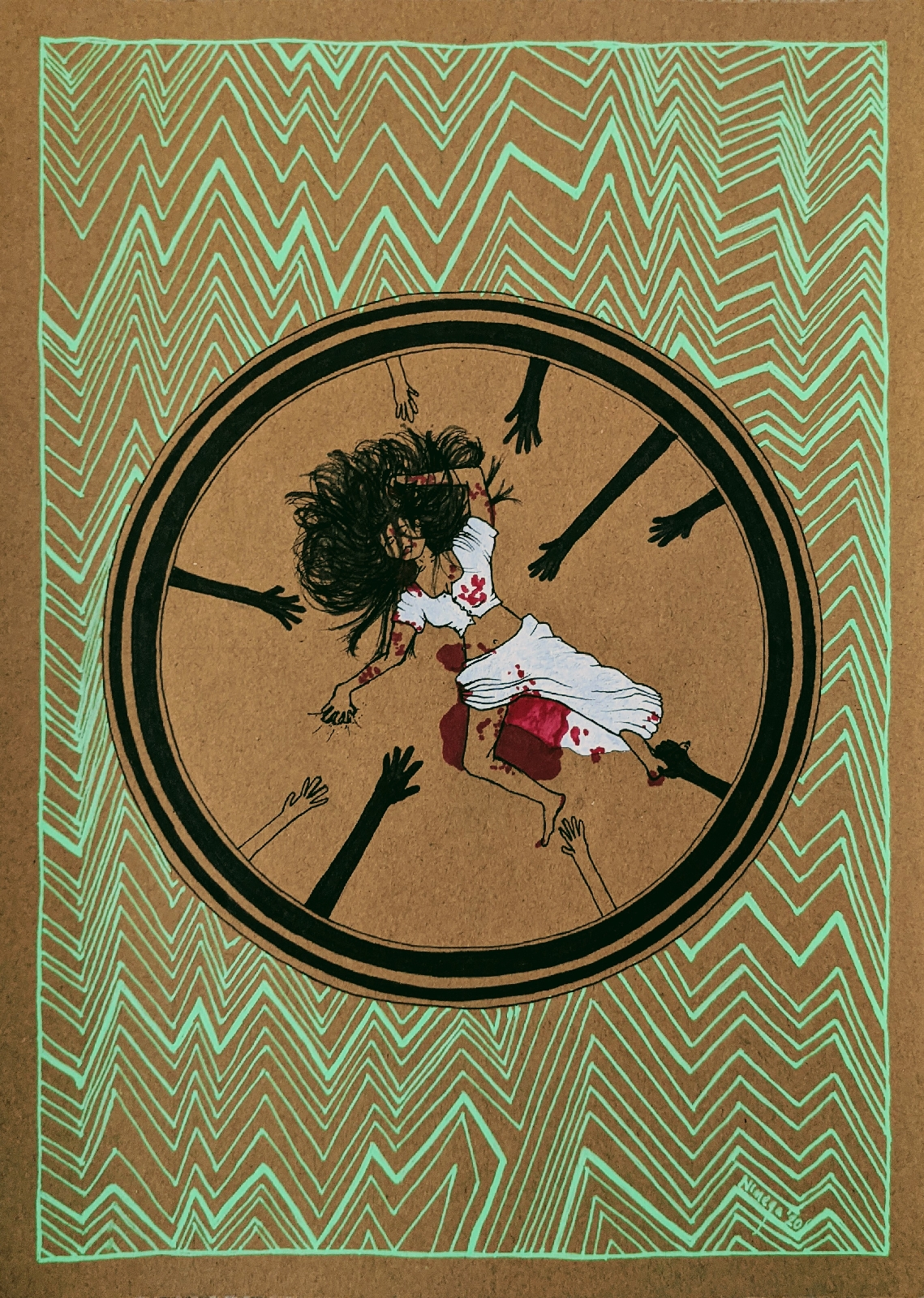The Child and the Street
Throughout my final years at college, I had done various
levels of study on kids and their relation to spaces. I also had a few friends
in my class with similar dedication. We have always got positive feedback as to
how our passion towards the topic is reflected in our study. When we had to
choose a Thesis topic, though we had diverse options in our mind, deep down, I think,
we always knew that we would design for children. That is how I ended up doing
an ‘Integrated school’ and one of my friends ended up doing a ‘Centre for
street children’. This was an opportunity for us to learn more about child
growth and psychology. Even as I was deeply involved in my study and the design
it would lead to, my friend’s topic fascinated me. I remember asking her for
briefs of everything she had read, heard or observed. I remember her quoting
the main tagline of her project, “You can take the child out of the street, but
never the street out of the child”. I remember eagerly listening to her as she explained
to me how she translated that tagline into her design.
All these rushed to my mind in a sudden wave of emotion, when
I heard that a student my colleague was mentoring for Thesis, was working on ‘Centre
for street children’ for his Architectural Design Thesis. The topic seems to be
trending, what with my friend working on it first, and now these students! It
is indeed a really interesting topic, especially for those like me with passion
towards it.
We all have, for sure, encountered these cute (but dirty),
tiny human beings that we call ‘street children’, at some point in our lives.
Most of us just ignore it, considering them unimportant. But some of us are
part of moments that could remain in our hearts forever. Today, I would like to
share one such experience with you, so that you may understand the seriousness
of the situation at hand!
This happened during my college days. We were on a tour away
from college. It was one of those dream-come-true moments for me. A visit to
the golden shrine standing at the centre of a peaceful water body. The ambience
and tranquillity there was unmatched. Awestruck by the quiet I felt in that
crowded space, I couldn’t help but smile ear-to-ear. I knew I’d hate to leave
the place. But alas, I had to!! The bliss was short-lived.
As I walked out from the ever-so-beautiful Golden temple, I
felt a slight tug at my clothes. I looked down to find a small child, 5 or 6
years of age, hoping to sell an image of some deity. Soon, a slightly older
girl joined him and together they pleaded me to buy something, as they needed
money to pay for food and school. They uttered heart-breaking phrases like “Do
din se kuch nahi khaya, didi” (We haven’t eaten anything since two days)
and “Kal school me fees bharne hai” (We have to pay our fees in
school tomorrow). My brain kept telling me that these were probably ‘pick-up
lines’ they used on everyone. But I love kids!! It pained me greatly to see
them begging like that. Over the few days of that North-India tour, I realised
that the streets of India are filled with children of various age groups begging,
stealing and/or selling petty stuff, apparently to make money for food and
education (which I doubt that they get, anyway).
Movies and articles have taught me to believe that the
adorably sad kids are just another tool for the street mafia to extract money
from the people in the name of sympathy. But when you see those pleading eyes
and the tiny delicate fingers that wrap around yours, all that matters is that
you want to, somehow, help the little ones. And maybe you can… maybe you can
help those one or two children who run to you the moment you step out of the
temple (that is, assuming that your help is eventually useful to those children
and not some mafia leader behind them). But what do you do when there are 10 or
50 such pairs of hands stretched towards you, asking the same generosity of
you?
It’s been 3 years since that day. I still haven’t been able
to figure out an answer to these questions. It’s a sad thing, really… Begging
on the streets, while they should, actually, be spending their time learning. I
wished I could do something about it. But sadly enough, I don’t have the means
to help them! I probably don’t even have the means to keep aside time to help
them.
As architects, we have this habit of considering any kind of
problem-solving our responsibility, because almost every issue has an architectural
solution that could make the situation better. This is probably why we choose
such topics for our Theses… In hopes of carrying our ideas forward sometime in
the future. Maybe someday I can help educate and uplift these kids. As of now, I
just know that it is no child’s play!


Comments
Post a Comment